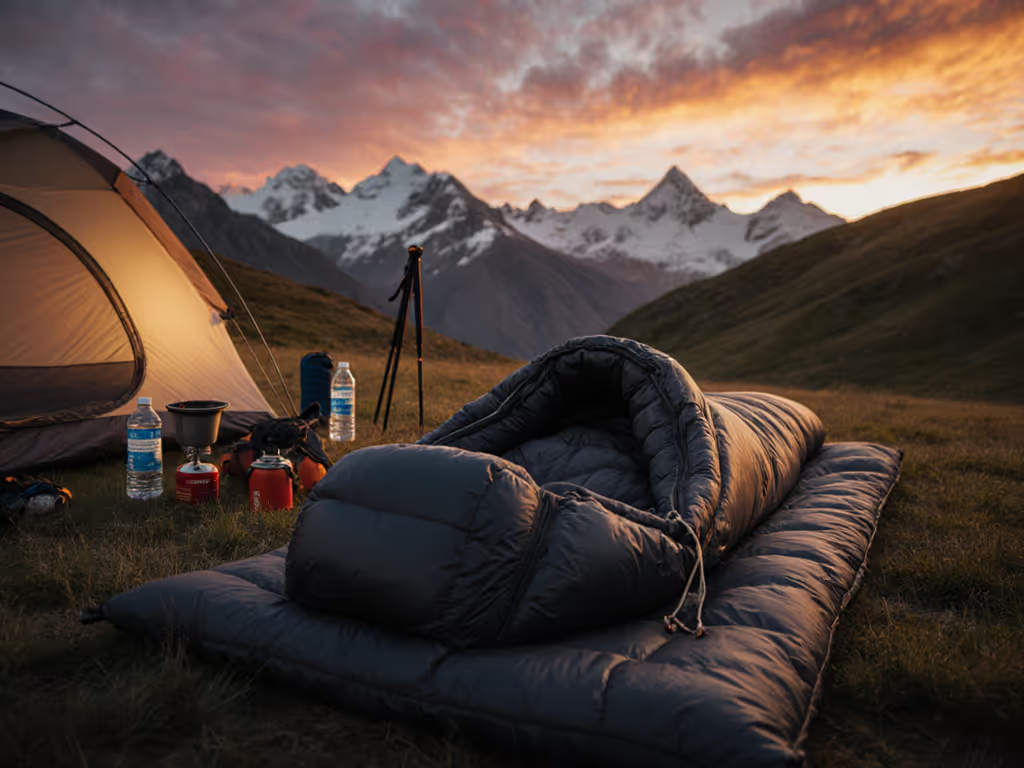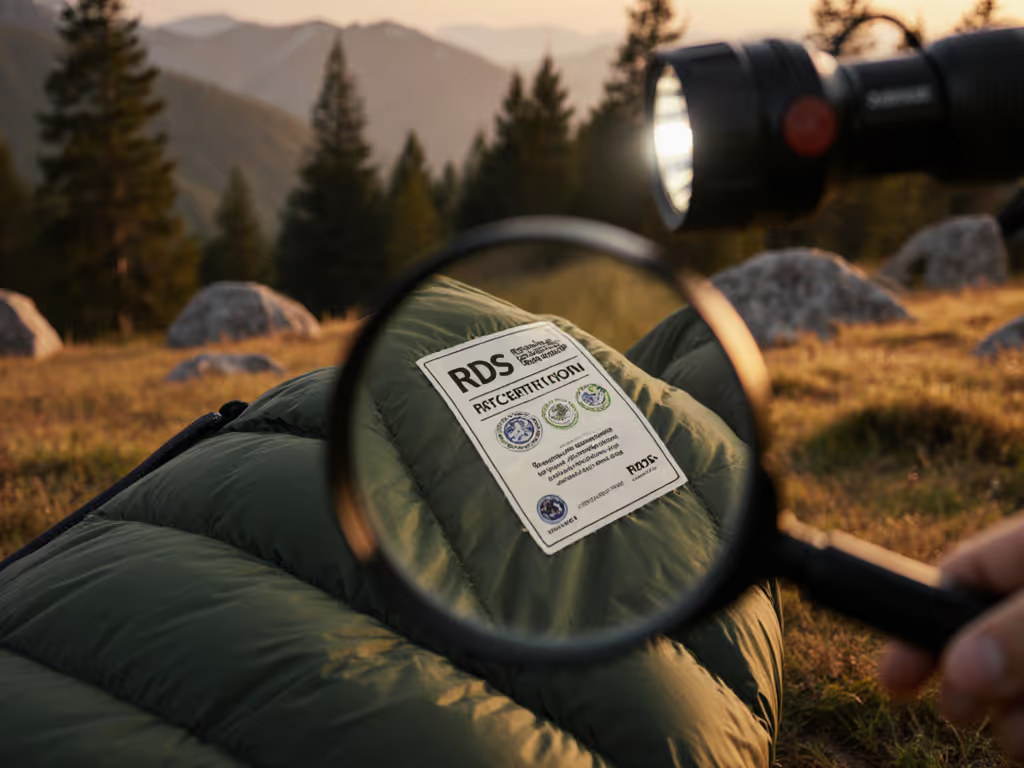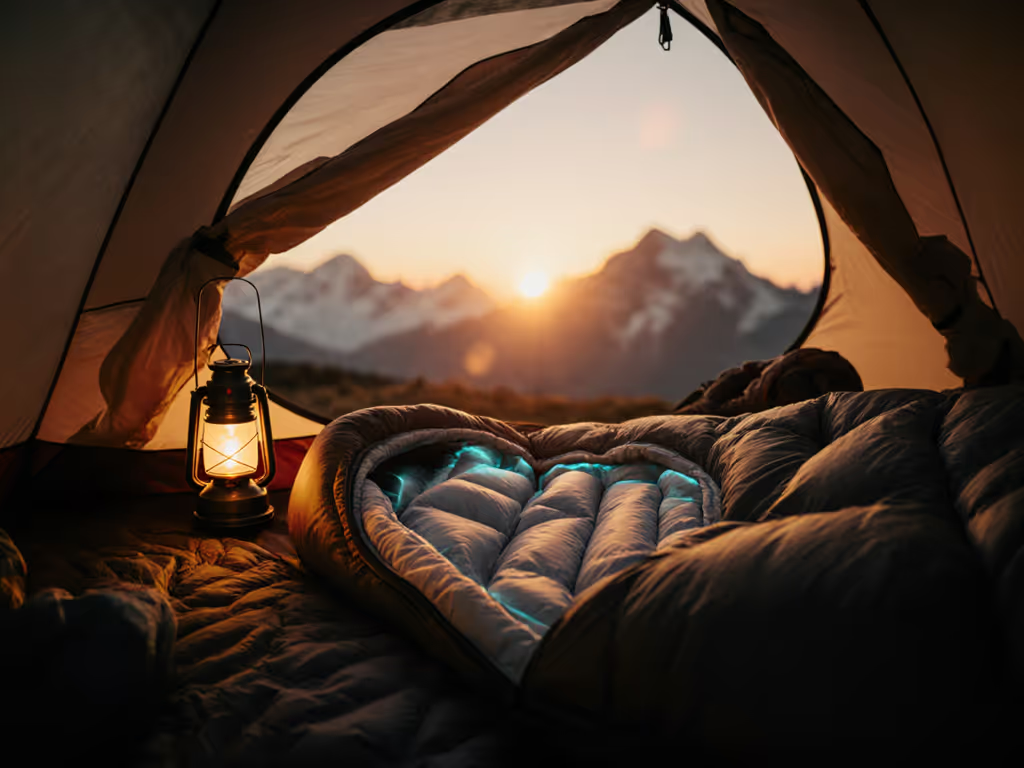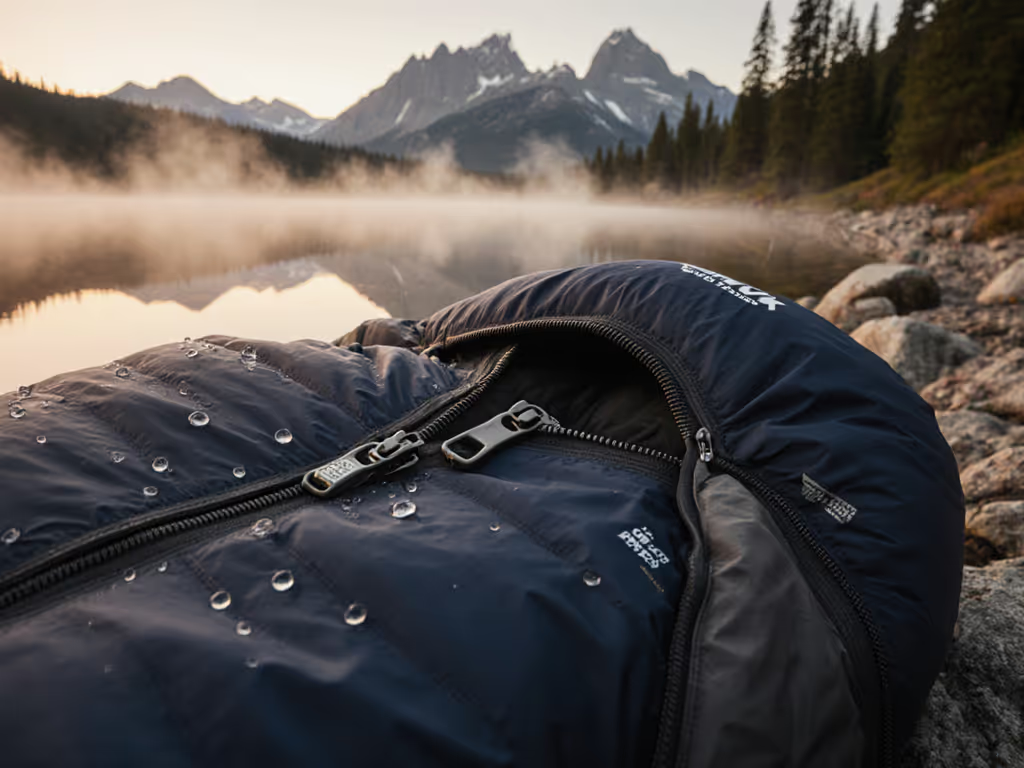
Sleeping Bag Fill Power: Warmth Without Cold Spots
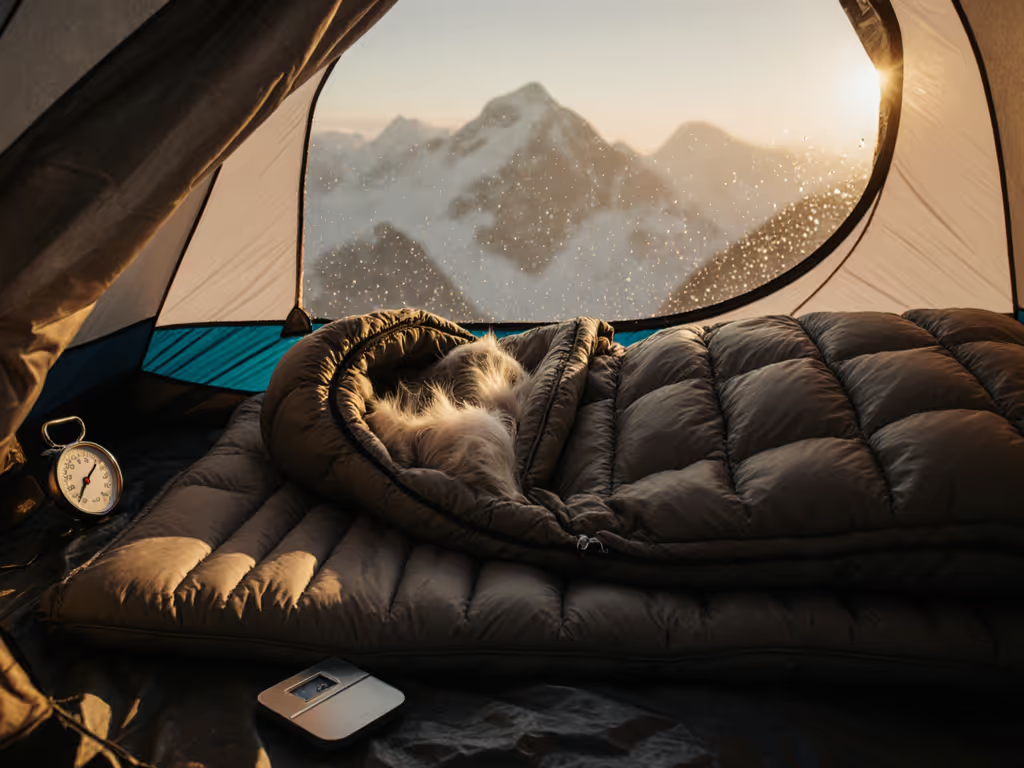
If you've ever woken shivering in a sleeping bag rated warmer than the night temperature, understanding sleeping bag fill power might hold the answer. Misunderstood metrics often lead to clammy nights or drafty shoulders, not just inadequate warmth. At its core, what is down fill power? It's the measure of down's lofting ability per ounce, dictating how efficiently it traps air (and thus heat) without adding bulk. Yet fill power alone won't solve cold spots, it's one piece of a multi-factor comfort puzzle where body shape, humidity, and fit play equally critical roles. Let's decode why two bags with identical temperature ratings can feel worlds apart.
FAQ Deep Dive: Fill Power Demystified
What exactly is fill power, and how is it measured?
Fill power quantifies how much space one ounce of down occupies after compression, expressed in cubic inches per ounce (e.g., 650, 800). The test involves dropping a weighted disk onto 1 ounce of down in a cylinder; after 60 seconds, the volume it rebounds to becomes the rating. Higher numbers mean the down clusters are larger, stronger, and loftier, trapping more air per gram. Down quality ratings ultimately reflect this cluster resilience: 550-fill down might occupy 550 cubic inches per ounce, while elite 900-fill achieves nearly double that volume with the same weight. This isn't inherently warmer, it means less down is needed to achieve equivalent insulation.
"Higher fill power = warmer bag" true or false?
False, and this myth causes real cold spots. Fill power measures efficiency, not warmth. A 550-fill bag with more total down can absolutely be warmer than an 800-fill bag with scant filling. Imagine: 10 ounces of 550-fill down often provides more total loft (and warmth) than 5 ounces of 800-fill. The critical equation is:
Total Warmth = Fill Power × Fill Weight
Where fill weight is the total grams/ounces of down stuffed inside. High fill power matters most when weight and compressibility are priorities (like backpacking) because you get the same warmth with less bulk. Car campers prioritizing warmth over pack size? Lower fill power (e.g., 550-650) with ample fill weight often delivers better value without sacrificing comfort.
How do 800 fill vs 650 fill impact real-world sleep?
The difference manifests in three key areas:
- Weight & Packability: An 800-fill bag uses ~25% less down than a 650-fill equivalent to hit the same warmth rating. For backpackers, this could mean saving 6-10 ounces, a massive win for multi-day trips.
- Longevity: Higher-fill down resists clumping longer. After 50+ compressions, premium 800-fill maintains loft better than 650-fill, preventing cold spots from crushed insulation.
- Moisture Resilience: Here's where my humid coastline trek comes in. That sticky 40°F night? My 650-fill bag's compressed down couldn't manage moisture despite its "adequate" rating. High fill power benefits include larger air channels between clusters, letting vapor escape before condensing. In damp conditions, 800-fill stayed drier than 650-fill at the same weight, proof that loft directly impacts breathability.
Comfort is multi-factor: fit, feel, fabric, and freedom.
Does fill power affect temperature ratings?
Not directly, but it influences how reliably a bag hits its rating. Fill power temperature relationship hinges on two realities:
- Humidity Amplifies Deficits: In 80%+ humidity (like coastal or rainy environments), even high-fill down traps moisture if compressed by poor fit. That "20°F bag" might feel like 30°F when damp. Higher fill power mitigates this by maintaining loft that wicks vapor away from skin.
- Body Position Changes Everything: Side sleepers compress shoulder insulation in narrow mummies, creating cold spots regardless of fill power. 800 fill vs 650 fill becomes irrelevant if your bag's baffles collapse under your weight. This is where drafts exploit gaps in insulation, especially if your shoulder or hip pushes against the shell fabric.
Why do I still get cold spots even with high-fill down?
Because fill power can't fix poor fit or moisture management. Consider these silent culprits:
- Shoulder Compression: Narrow shoulder girths pinch down clusters, ruining loft. Solution: Seek bags with ergonomic baffles that widen at shoulders (especially for side sleepers).
- Footbox Condensation: Moisture pools in compressed foot areas, chilling you despite high fill power. Hydrophobic down treatments help, but strategic venting is crucial. If you camp in damp climates, compare synthetic vs down sleeping bags for better moisture performance.
- Pad R-Value Gaps: Your sleeping pad handles ground cold; if its R-value is too low, no fill power compensates for conductive heat loss.
Side sleepers, this is where drafts and cold feet ambush you, often mistaken for inadequate fill power when it's really a system failure.
The Real Comfort Equation: Beyond Fill Power
True warmth isn't just about down quality. It's a dynamic interplay:
- Fit Dictates Loft: If your bag's shape fights your body (e.g., tight hips forcing you into back-sleeping), insulation compresses, nullifying high fill power. Broad-shouldered backpackers need roomier cuts to maintain shoulder loft.
- Fabric Controls Moisture: A high-MVTR (moisture vapor transfer rate) shell paired with lofty down prevents that clammy feeling that leads to chill cycles. In my humid trek, switching to a breathable shell + roomier 800-fill bag eliminated morning dampness.
- Temperature Deltas Demand Flexibility: That "20°F" rating assumes a still, dry night. Add wind, rain, or sweat, and your effective warmth drops 10-15°F. Always layer your system: a liner adds 5-10°F; strategic venting prevents overheating.
Your Action Plan: Diagnose Cold Spots
- Condensation Check: Wake up damp? Your bag's breathability (fabric + loft) can't handle moisture load, not necessarily low fill power.
- Pressure Point Scan: Note where you feel cold (shoulders? hips?). This reveals compression zones needing better fit.
- Humidity Audit: Nights above 70% humidity? Prioritize hydrophobic down and high-loft shells over raw fill power numbers.
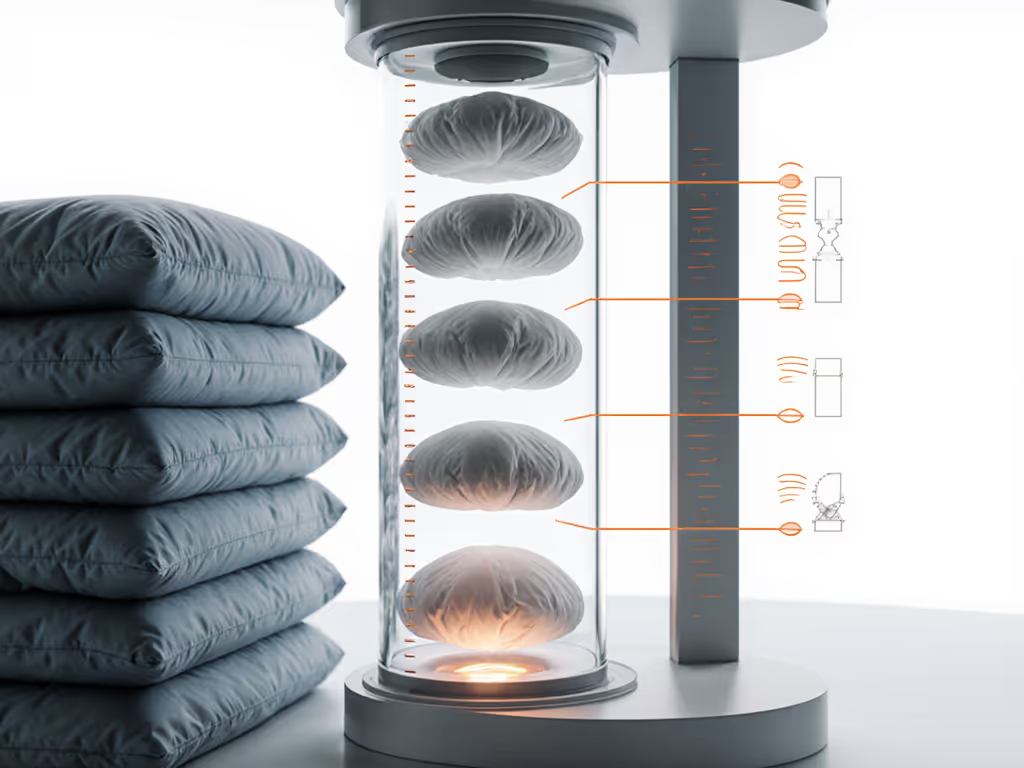
Final Thought: Warmth Without Compromise
Fill power is a vital metric, but it's a starting point, not a destination. The bag that keeps ultralight mountaineers warm at -20°F might leave a humidity-prone side sleeper shivering at 40°F if the fit and fabric don't align with their body and climate. Stop chasing max fill power numbers. Instead, match fill power to your system: high-fill for weight-critical backpacking, mid-fill for car camping where moisture management matters most. Remember my coastline lesson: true comfort emerges when fit, fabric, and freedom work together. When you wake up dry at dawn, you'll know the down quality, and the whole system, delivered.

